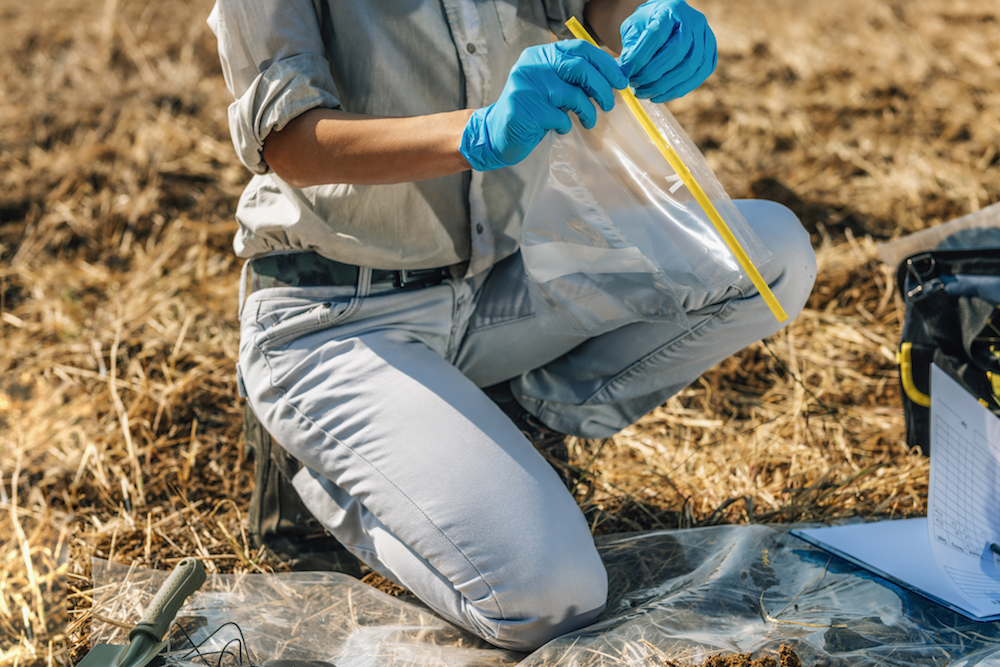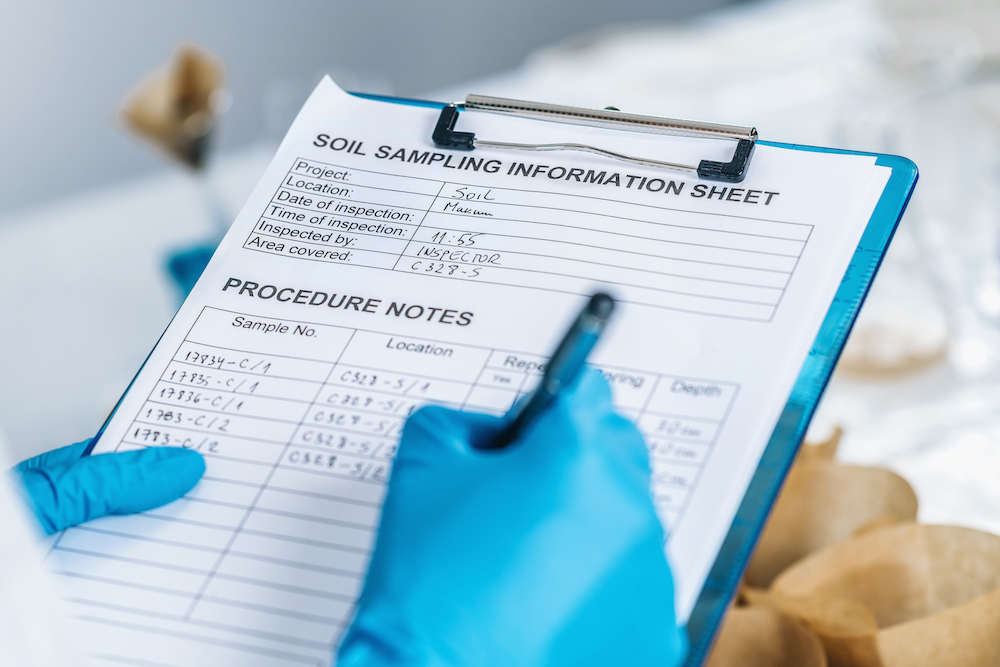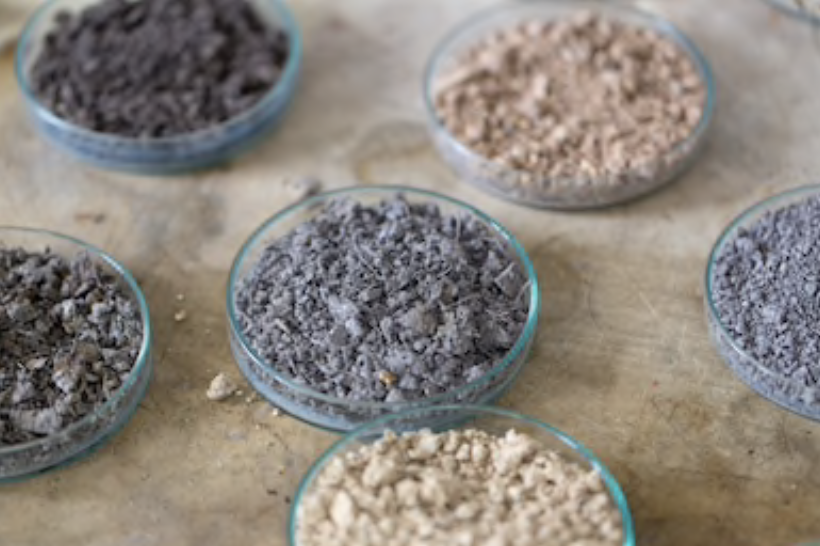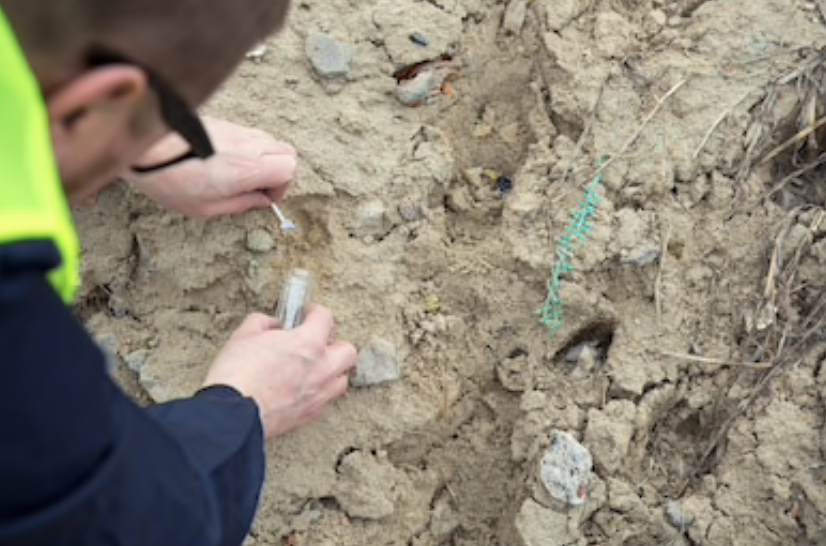Soil Gas Vapor Sampling Systems: Points vs. Probes
EON Products offers a variety of soil gas vapor sampling systems and equipment to help environmental consultants and project managers collect and sample soil gas vapor from shallow depths, either by using temporary soil probes or permanent soil gas points.
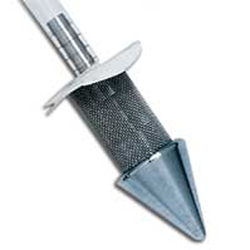
Soil vapor points are a low-cost option for soil gas vapor sampling. They are small, dedicated stainless steel points that are configured with vapor ports for gas inlet and a hose barb on the backside for sample tubing.
These devices are installed into a small drilled hole or pushed into place with extension rods and left in-place indefinitely. The ports are protected from debris by a screen and are shielded from failing soil debris by an optional umbrella disk.
Soil vapor points are ideal for obtaining samples from beneath the soil’s surface or beneath slabs when monitoring hydrocarbon spills, tank and pipe leakage, landfills, hazardous waste sites, and intrusive vapors.
Soil gas vapor probes are reusable stainless steel devices that can temporarily extract vapor from up to four feet below the soil’s surface.
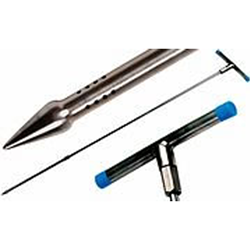
The probe is manually pushed into place with a rigid extension rod and a T-handle or drive hammer. Inner rods prevent soil from entering the sample during driving and are removed for sampling. Sample tubing is attached to the top rod to extract the vapor sample. The probe is removed after sampling.
Soil gas vapor probes are useful instruments for checking beneath the soil surface when monitoring hydrocarbon spills, tank and pipe leakage, and hazardous waste sites.
No matter the project, EON provides a selection of the finest-quality soil gas vapor sampling systems that can be used in many applications.
To learn more, contact our experts today.

